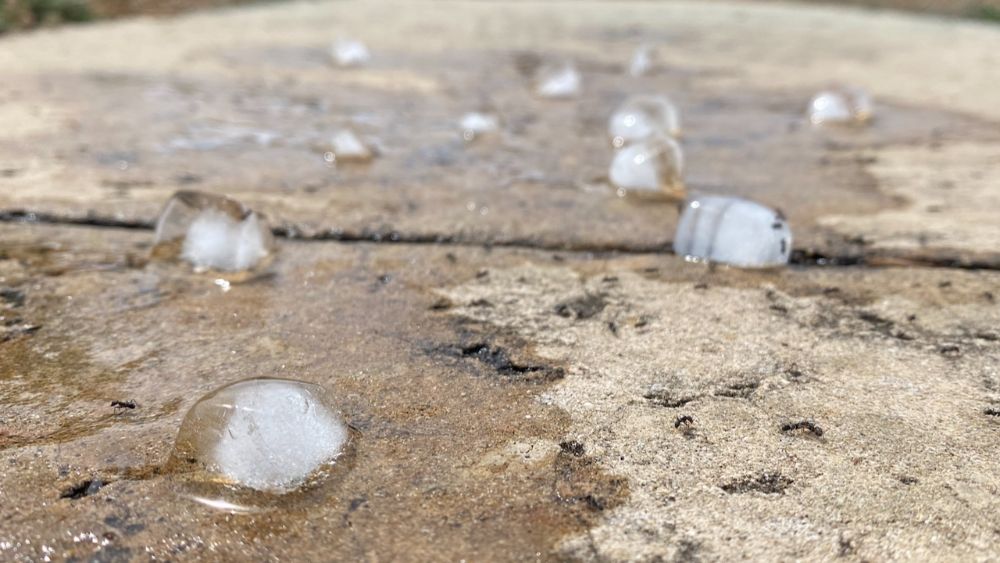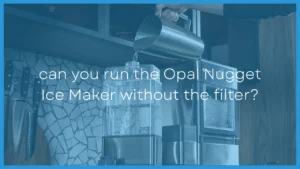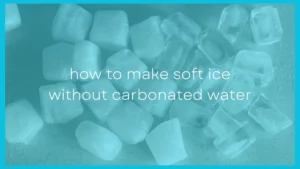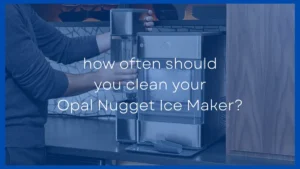We've all seen ice cubes melt countless times, whether it be in our drink, in a cooler or just left out on the kitchen counter. But have you ever questioned why and exactly what is happening to turn ice from a solid into a liquid?
When an ice cube melts the water molecules obtain too much energy and break bonds that hold them together in a solid crystalline like structure. The molecules turn from a solid into a liquid and become slippery.
If you're curious about the science behind this everyday occurrence and others like it, keep reading. Although most disregard the melting process, it is a fascinating science.
What Happens to the Molecules in an Ice Cube When it Melts?
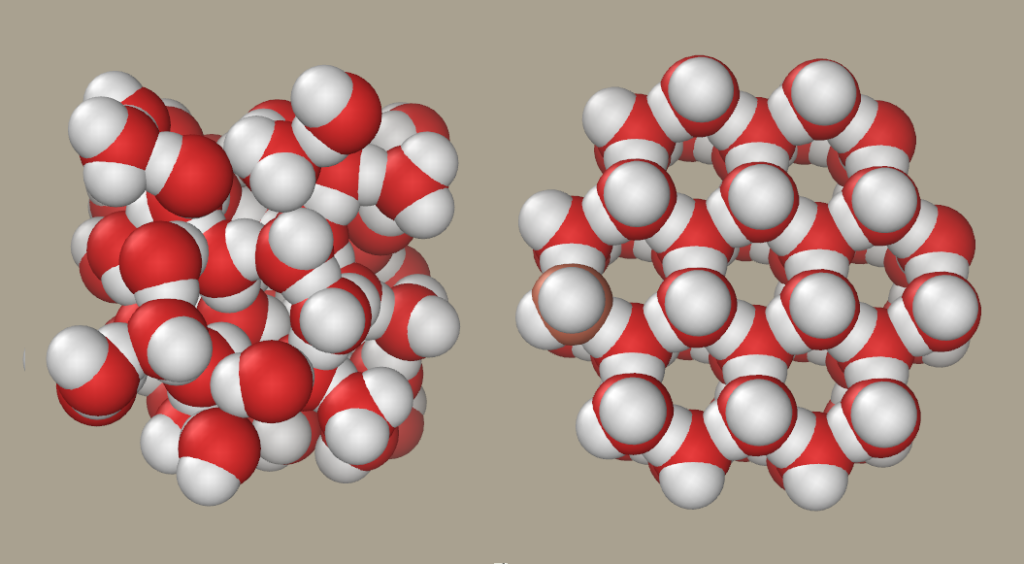
Heat is a form of energy, which causes molecules to be in a state of what we call excitement.
When molecules are excited they speed up and move faster. When molecules in a frozen liquid move fast enough, they begin to break the bonds that are holding them together, thus reverting to liquid form.
The H2O molecules of water are exactly the same as the H2O molecules of ice. The difference is that the H2O molecules in ice are bonded together. It isn't until the molecules begin to heat and move faster that the bonds are broken and the solid becomes a liquid once again. (Source)
Does Ice Melt if the Air and Liquid are Cold?
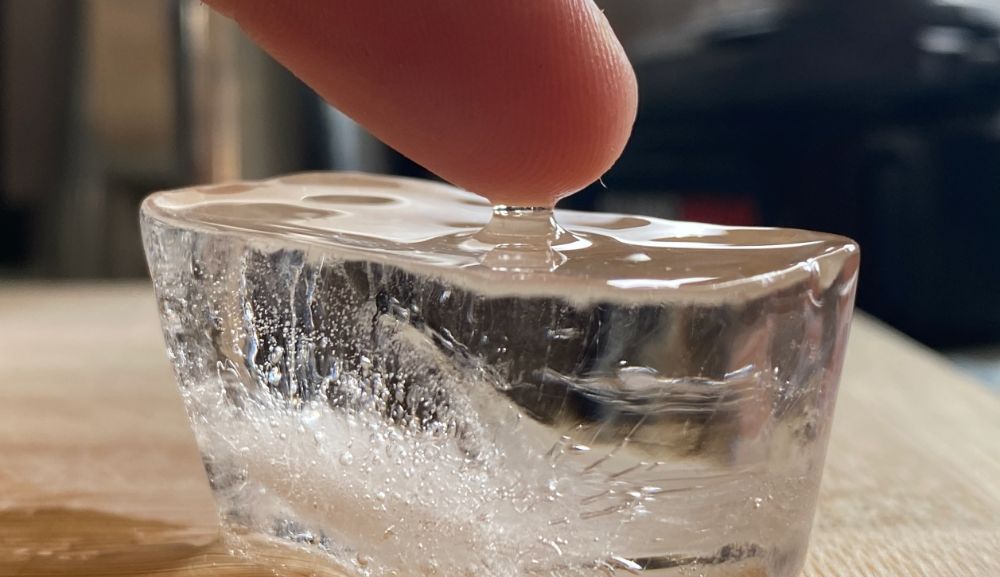
Even though it isn't visible to the naked human eye, an ice cube begins to warm up as soon as it is removed from a freezer and even forms a thin melted layer on the outside of the cube.
If the temperature of the liquid that an ice cube is placed in and/or the air surrounding the ice cube is not freezing or below freezing, the ice will begin to melt.
The higher the temperature of a liquid or the air gets, the faster the ice cube will melt.
For example, if you drink a glass of lemonade and it has ice cubes inside, the ice cubes will melt slower if the lemonade has recently been in the fridge.
However, if the lemonade was at room temperature before the ice was added, the ice will melt quickly. If your drink ice-cold refrigerated lemonade, ice cubes will still be left in the cup after you finish drinking it. If you drink room-temperature lemonade, no ice cubes will be left when you finish drinking it. (Source)
What is the Freezing Temperature of Water?
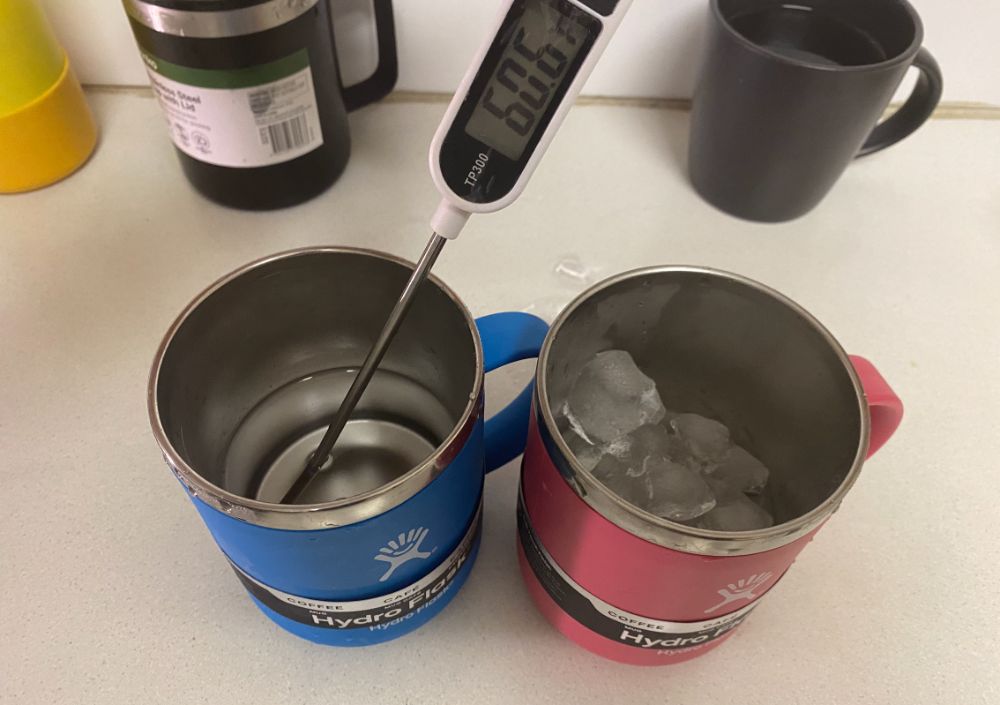
The freezing point of water is the same as the freezing temperature of air. Once water reaches 0ºC/32ºF, water freezes. (Source)
Do All Liquids have the Same Freezing Temperature?
Not all liquids will freeze at the same temperature. So we know the freezing point of water is 0ºC/32ºF, but that isn't the case for other liquids like juice.
Average juice has been found to require a colder temperature to freeze; its freezing point is -1.8ºC/29ºF. Also salt is commonly used to make ice melt and you can read the full scientific explanation of why salt melts ice here.
The reason why the freezing temperature of juice is lower than water is sugar. Juice has a high concentration of sugar and this sugar gets in the way of the H2O molecules forming their crystalline ice structure. This is the same with salt and other products like vinegar (which can also be used to melt ice).
How Long Does it Take for an Ice Cube to Melt?
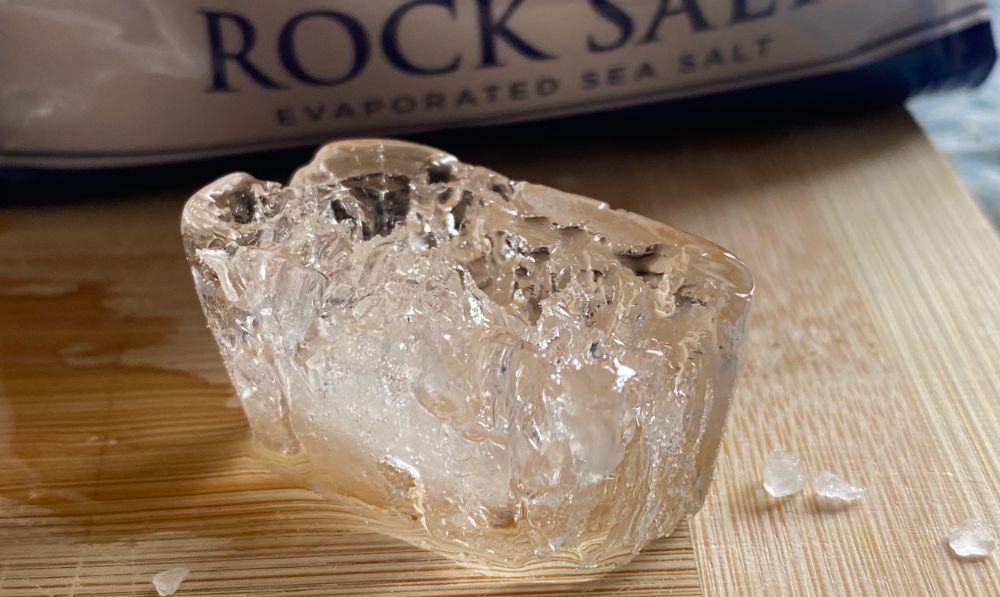
The time that it takes for an ice cube to melt is dependent on the conditions that the ice cube is in, which mainly concerns the temperature of the liquid and the temperature of the air surrounding the ice and liquid.
Room Temperature vs. Speed of Ice Melting
The average room temperature is roughly 68 degrees Fahrenheit or 20 degrees Celsius. Assuming that an ice cube is in a room of average temperature, is left untouched, and not exposed to any liquid, an ice cube will probably take at least five or six hours to melt completely. (Source)
Beverage Temperature vs. Speed of Ice Melting
Though it depends on who you're asking, people generally think that a good beverage should be between 40 to 50 degrees Fahrenheit, or between roughly 4.5 to 10 degrees Celsius. Assuming a constant of a normal room temperature, an average ice cube will take around fifteen minutes, give or take a few, to melt if submerged in a beverage of average temperature.
If you have a beverage that is warmer than 50 degrees Fahrenheit or ten degrees Celsius, that is perhaps room temperature, it may only take a minimum of five minutes to melt completely, again assuming the same constants as stated in the example above.
Once again maintaining the previously described constants of the environment, if you were to put an ice cube in a drink typically served hot, like hot tea or hot chocolate, you would be submerging the ice cube in a beverage of around 160 to 185 degrees Fahrenheit or about 70 to 85 degrees Celsius. At this temperature, an ice cube would take about only one minute to melt completely. (Source)
Is there a Way to Accelerate the Melting Process of an Ice Cube without Increasing the Temperature of the Liquid?
Besides the obvious method of putting the ice in warmer liquid, you can actually use sodium chloride, salt, to help the ice melt faster.
What salt does to ice is it basically melts tiny particles of the ice that it touches, and the salt doesn't combine with or strengthen the solid form of ice. This accelerates the melting process, which is one of the reasons why salt is put on icy roads.
Essentially, you are just substituting a small amount of the water in the ice cube with salt, which drops the temperature of freezing as addressed previously. (Source)
It is sometimes entertaining to watch an ice cube melt once you learn about the science behind the melting process.

